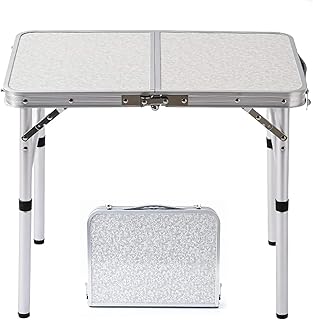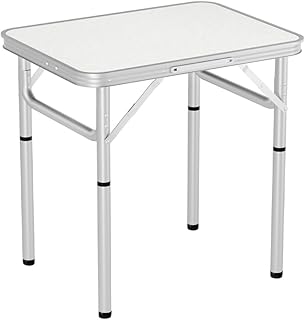The global folding furniture market is experiencing significant growth, with projections indicating a substantial increase in market value by 2033. This surge is attributed to the rising demand for space-saving solutions, portable furniture, and multifunctional designs that cater to the evolving needs of consumers in various settings.
Folding furniture has become a popular choice for individuals living in compact spaces, as it seamlessly combines functionality with aesthetics. From small apartments to commercial establishments, the versatility, ease of storage, and portability of folding furniture make it an appealing option, particularly in densely populated urban areas.
As the trend towards urban living continues to gain momentum, especially among younger demographics, the demand for compact, affordable, and multifunctional furniture solutions is on the rise. This shift is reshaping the furniture industry, with folding furniture emerging as a practical and stylish alternative to traditional pieces.
The market for folding furniture spans a wide range of applications, including residential, commercial, and outdoor environments. With the increasing popularity of hybrid work arrangements and flexible schedules, there is a growing need for furniture that can adapt to changing workspaces and requirements.
One of the key drivers of market growth is the expansion of the real estate sector, driven by rapid urbanization and the need for flexible furniture solutions. Folding furniture is particularly well-suited for compact living spaces, temporary setups, and modular environments, offering efficient use of space without compromising on style.
The outdoor furniture segment is also witnessing a surge in demand for folding solutions, especially for applications such as patios, balconies, and gardens. The portability, weather resistance, and space-saving attributes of folding furniture make it an ideal choice for outdoor settings, catering to the needs of consumers looking for practical and stylish options.
Manufacturers are responding to these market trends by focusing on product innovation, material quality, and expanding their distribution networks. Companies are investing in durable materials, modern designs, and ergonomic features to meet the evolving demands of both residential and commercial consumers.
Despite the growth opportunities in the folding furniture market, there are challenges to overcome, including competition from traditional furniture and the limited availability of high-quality materials. Manufacturers are striving to strike a balance between affordability, portability, and quality to address these challenges and capture a larger market share.
Overall, the outlook for the folding furniture market is positive, driven by the increasing preference for space-efficient, portable, and multifunctional furniture solutions. Continued innovation in materials, design, and functionality is expected to sustain market growth, catering to the changing lifestyles and workspace requirements of consumers worldwide.
📰 Related Articles
- Space-Saving Outdoor Furniture Solutions for Stylish Small Gardens
- Kids Furniture Market Booms with Safety and Innovation Trends
- Customized Furniture Market Booms, Projected USD 104.7 Billion by 2034
- Vegan Leather Market Booms with Sustainable Growth Prospects
- Tea-based Skincare Market Booms, Set to Reach $3.8B by 2035
📚Book Titles
- Feeding Mars: The Science, Art, and Evolution of Space Cuisine
- Rising from Hell’s Fire: The Shocking Revolution of Heavy Metal!
- Raiders of the Roaring Abyss: An Explosive Tour into the Heart of Death Metal’s Revolution
- Unleashing the Mad Genius Within: Shocking Secrets and Controversial Truths Behind Extraordinary Minds






